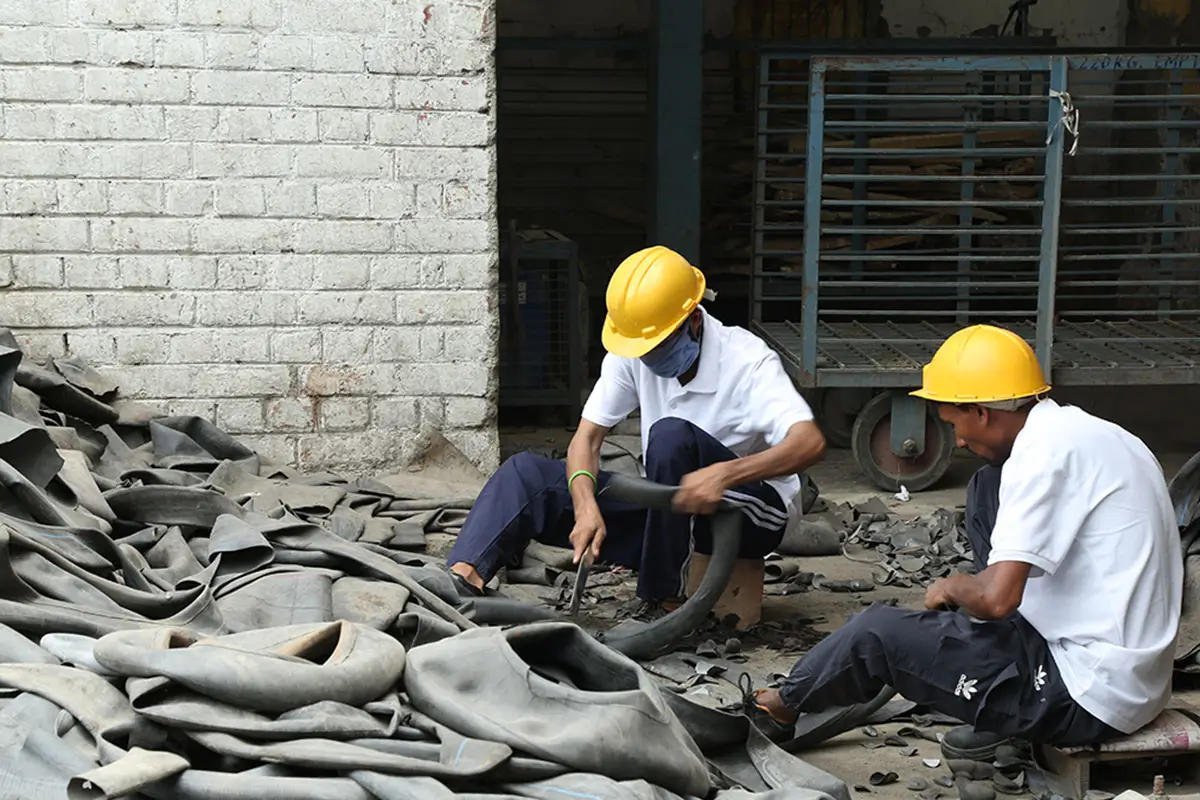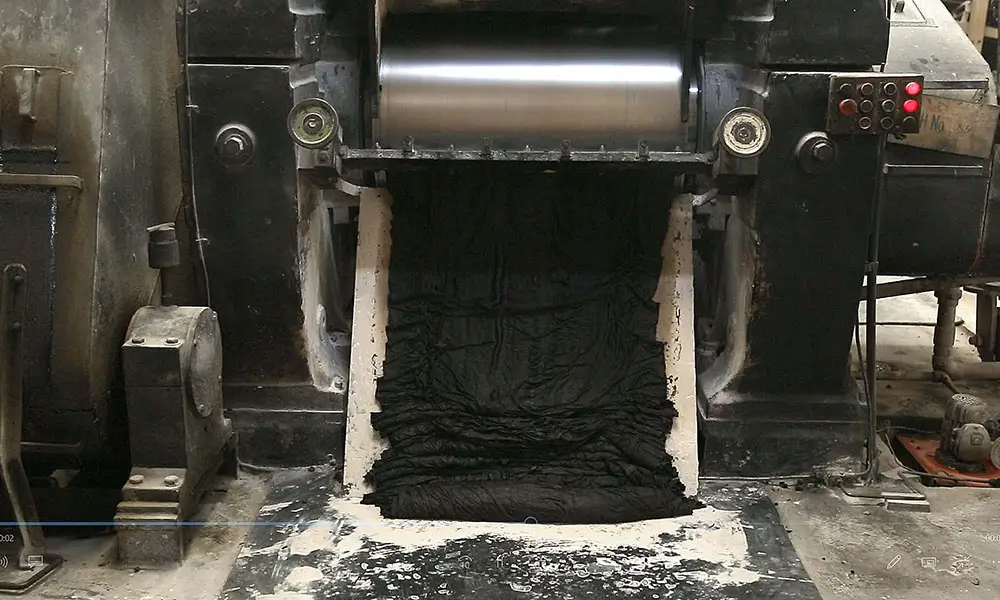ASTRA's Work Process
Tube Collection, Sorting, and Segregation
The process begins with the collection of used butyl tubes from various sources. These tubes are sorted and segregated based on their quality, size, and material type. Sorting ensures that only butyl tubes are selected for the recycling process. During segregation, tubes contaminated with foreign materials such as metal, impurities, and non-butyl rubber are removed to prevent contamination in later stages.


Washing and Shredding
Once sorted, the selected butyl tubes undergo a thorough washing process to remove any surface dirt, oils, or other contaminants. Clean tubes are then fed into shredding machines, where they are cut into small pieces. This shredding step is crucial for breaking down the tubes into manageable sizes, facilitating efficient devulcanization.
Devulcanization
The shredded Butyl Reclaim Rubber pieces then undergo a devulcanization process, which involves cooking the material in an autoclave at high temperatures and pressure. This step breaks the cross-linking sulfur bonds in the rubber, effectively reversing the vulcanization process that originally made the rubber durable. The result is a more flexible, softened rubber material that can be reshaped and reused.


Initial Refining and Calendering
After devulcanization, the rubber is further refined to improve its consistency and quality. The softened rubber is passed through a calendering machine, which consists of heavy rollers that flatten the rubber into thin sheets. This process helps in improving the uniformity of the rubber while removing any remaining trapped gasses. Calendering also prepares the rubber for straining and final refining stages.
Straining and Removing Impurities
During the straining stage, the rubber sheets are passed through fine mesh screens to remove any remaining impurities, such as small debris or uncooked rubber particles. Straining ensures the purity and quality of the rubber by filtering out contaminants that could affect the final product's performance. The result is a cleaner, more refined rubber that’s suitable for further processing.


Final Refining
The strained rubber undergoes a final refining process to achieve the desired consistency and texture. This step involves additional blending, rolling, and mixing to ensure that the rubber meets strict quality standards. The final refining stage is essential for producing a high-quality Butyl Reclaim Rubber that is ready for end-use applications, such as in tire production or sealants.
Inspection and Packaging
Once the Butyl Reclaim Rubber has been refined, it is carefully cut into equal-sized pieces inspected to ensure it meets all required specifications, such as thickness, strength, and purity. Any defects or inconsistencies are identified and corrected before the rubber is packaged. After passing inspection, the Butyl Reclaim Rubber sheets are packed and sealed as they are ready to be used in a variety of applications.

